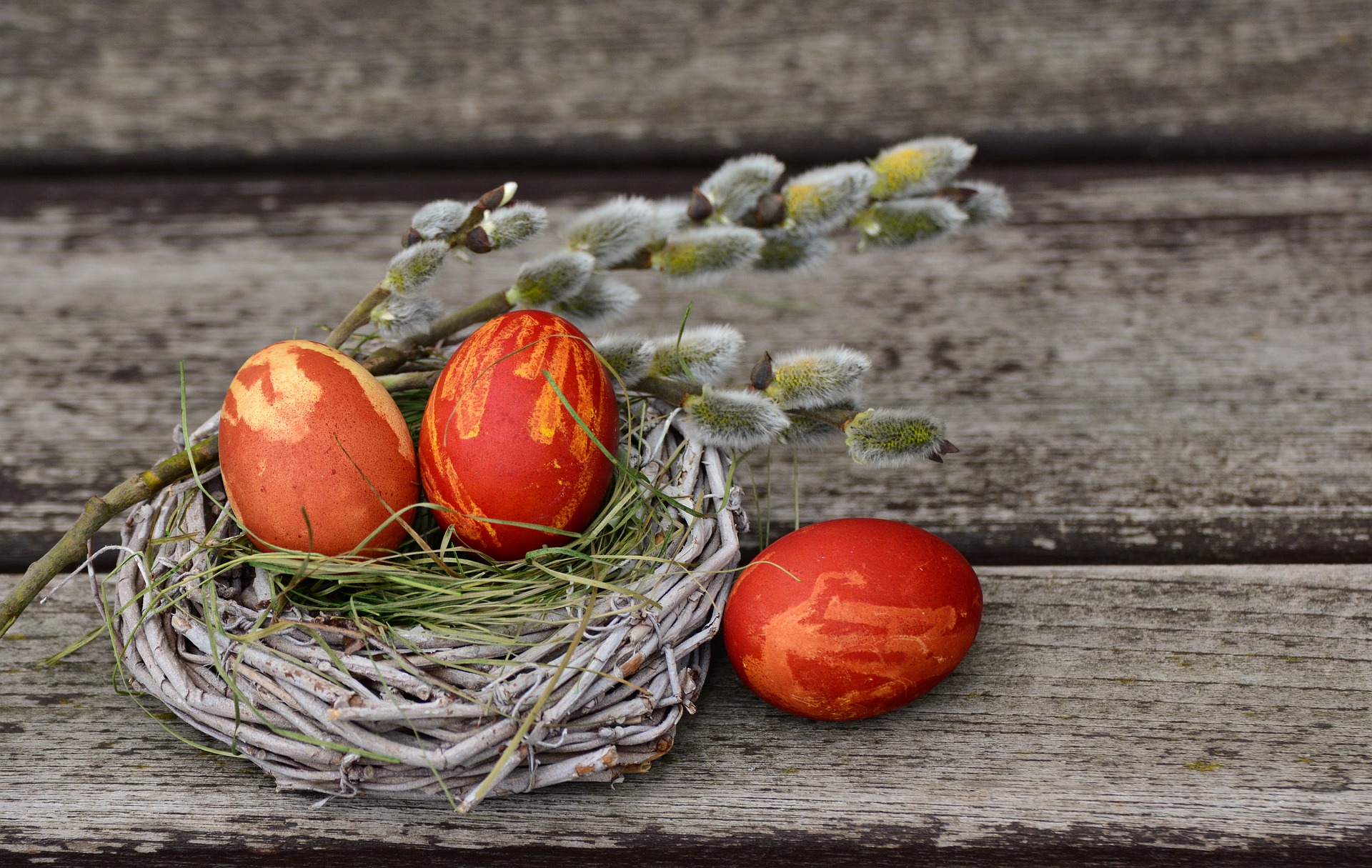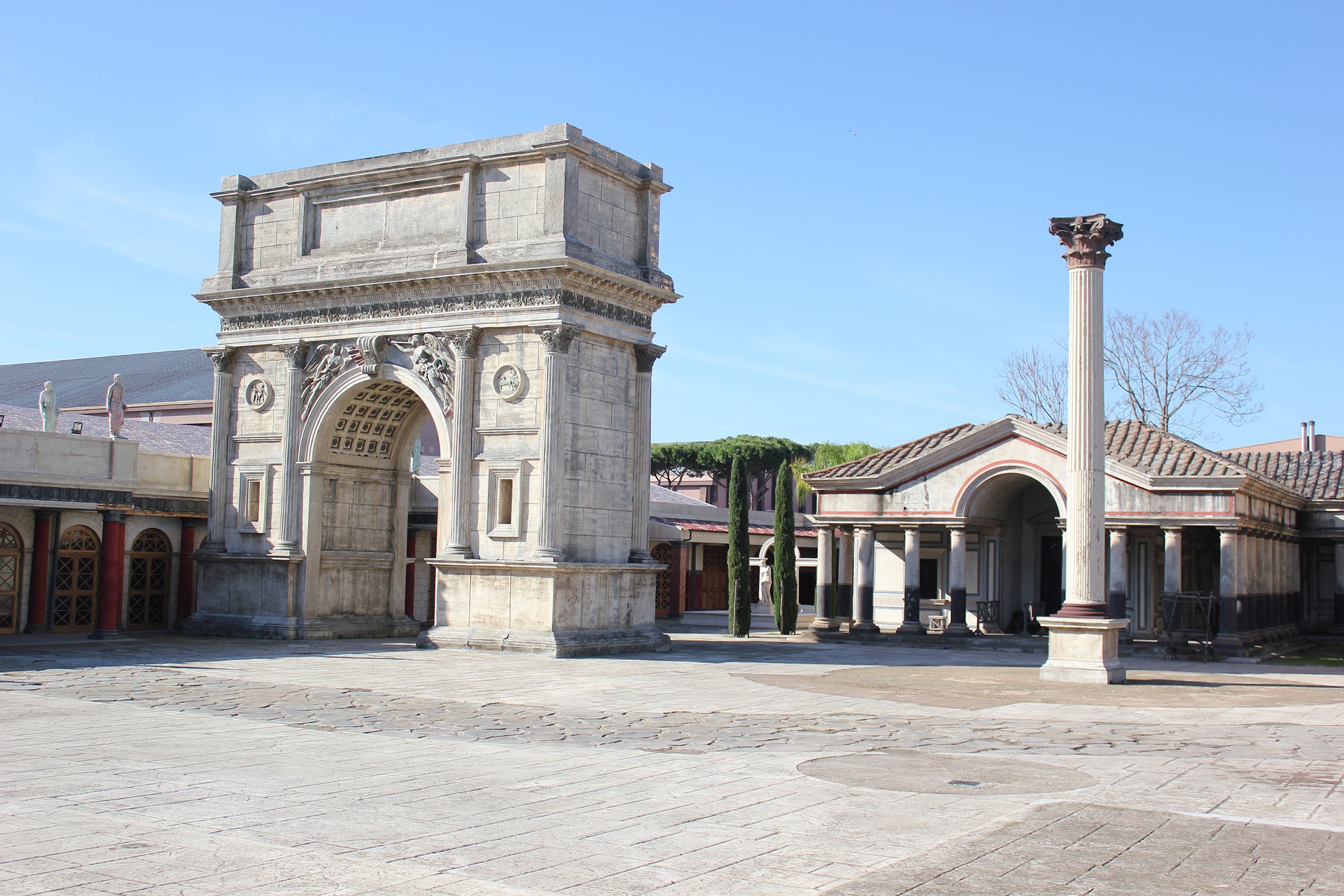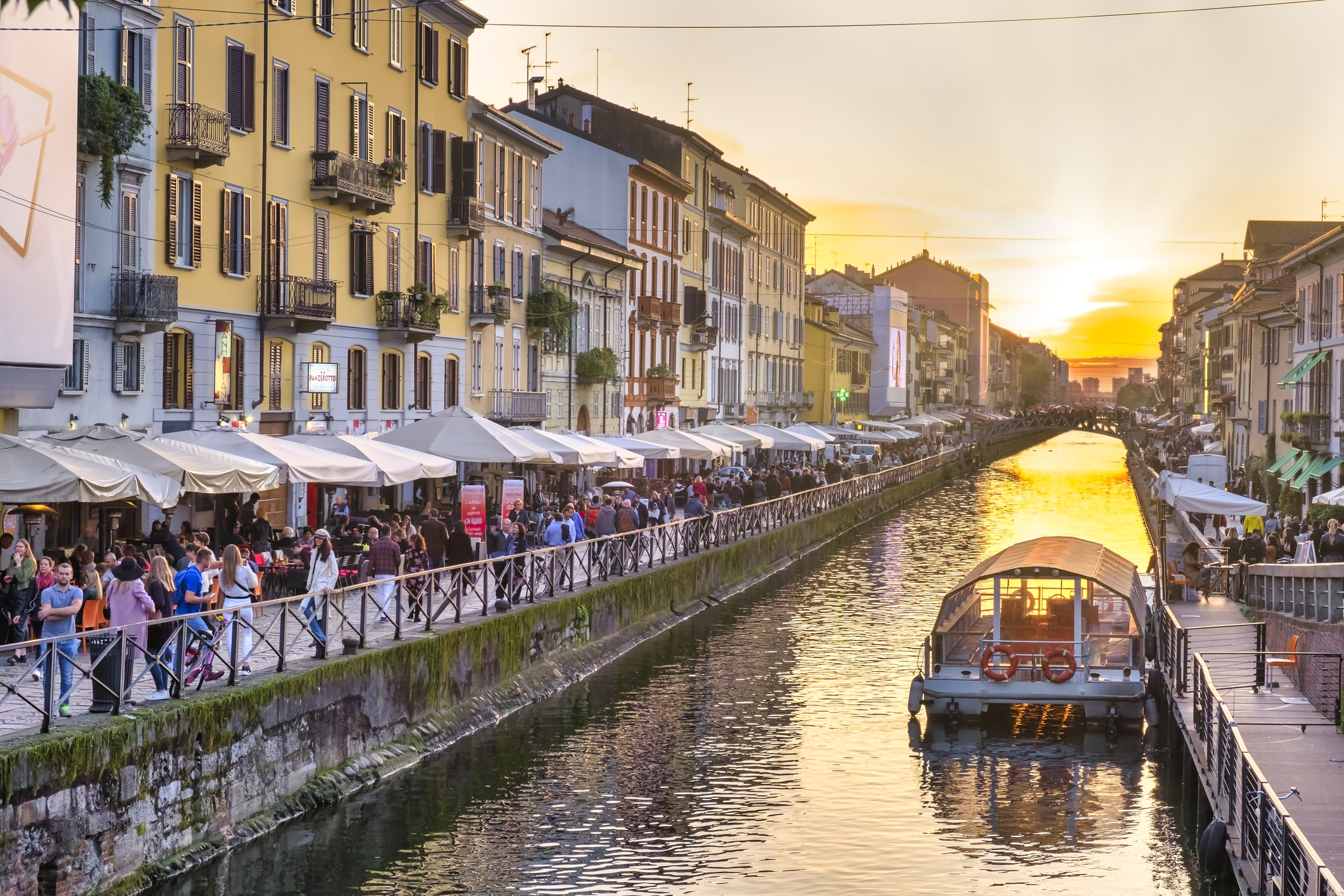In 325 A.D. the Nicean Council decided Easter would be celebrated on the first Sunday after the first full moon following the Spring Equinox, unless the first full moon also rose on a Sunday, in which case Easter would be celebrated the Sunday after that. Since then, for over 1500 years we have continued to mark the celebration of Easter based on these calculations and every country in the world has developed its own traditions.
If you find yourself in Italy during Easter time, you won’t find any Easter bunnies, but you will find many interesting celebrations. In fact Pasqua, together with Christmas, is one of Italy’s main holidays. Solemn religious processions are held in many towns on the Friday or Saturday before Easter and sometimes on Easter Sunday. Many churches parade special statues of the Virgin and Jesus through the city or display them in the main square. Parade participants are often dressed in traditional ancient costumes and the processions may use olive branches instead of palm fronds to decorate churches, and for the faithful to take home.
The biggest and most popular mass is held by the Pope at Saint Peter’s Basilica on Good Friday, when the Pope also celebrates the “Via Crucis” or Stations of the Cross. Usually a huge cross with burning torches lights the sky as the stations of the cross are described in many languages. At the end, the Pope gives a blessing.
Another popular Italian Easter tradition takes place in Florence with the famous “Scoppio del Carro”, the explosion of the cart. A big, decorated wagon is dragged through Florence by white oxen until it reaches the Basilica di Santa Maria del Fiore. After the mass, which is celebrated in the Basilica, the Archbishop sends a dove-shaped rocket into the cart, igniting the fireworks held in the cart. This spectacular display is followed by a parade in medieval costumes.
In Sulmona, in the region of Abruzzo, Easter is celebrated on Sunday with La Madonna che Scappa in Piazza, The Madonna who runs away in the square.
For this ritual, people dressed in green and white, colors of peace, hope, and resurrection, gather in the main piazza. A woman playing the Virgin Mary is dressed in black; as she moves to the fountain, doves are released and she is suddenly dressed in green.
The island of Sardinia also has its own festivals and traditions, because of its long association with Spain, are strongly influenced by Spanish culture. Since Easter is the end of the Lenten season, food plays a big part in the celebrations. Traditional Easter foods in many places include lamb or goat, artichokes, and special Easter breads that vary from region to region. The Colomba (which takes its name from the “dove” shape it has) is the most famous cake, and it’s often given as gifts as are hollow chocolate eggs that usually come with a surprise inside.
Another peculiar Italian tradition is the so-called Pasquetta, Easter Monday, when friends gather together to spend the day and have fun.
Happy Easter to everyone!































